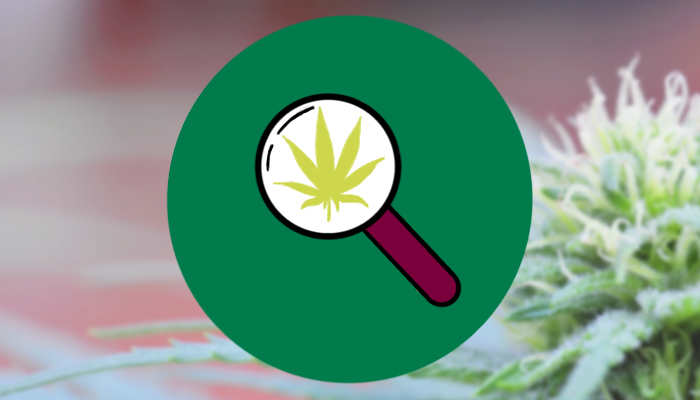How accurate is the labeling of medical cannabis products?

Why was this study conducted? What does this study add? Is there anything else I should know? Vandrey R, Raber JC, Rabert ME et al. Cannabinoid doses and label accuracy in edible medical cannabis products. JAMA 2015;313(24):2491-2494.
Vandrey R, Raber JC, Rabert ME et al. Cannabinoid doses and label accuracy in edible medical cannabis products. JAMA 2015;313(24):2491-2494. Abstract
Why was this study conducted?
An estimated 16% to 26% of medical cannabis consumers use edible products. The authors investigated the accuracy of the labels specifying the delta-9-tetrahydrocannabinol (THC) content on three common categories of edible cannabis products: baked goods, beverages, and candy or chocolate. Products were purchased at three randomly-selected authorized dispensaries in three communities in two U.S. states (California and Washington). Products were considered accurately labeled if the measured THC and cannabidiol (CBD) content were within 10% of the values stated on the labels.
What does this study add?
Of 75 products of 47 different brands that were purchased, the amount of THC was accurate for 17%, while 60% had more THC than the label specified and 23% less. Only 41% of products had detectable levels of CBD. For those with detectable CBD, the median ratio of THC:CBD was 36:1 and only one had the 1:1 ratio that some evidence suggest may be beneficial.
Is there anything else I should know?
This publication is a Research Letter, which is a brief summary of a study or research evidence. Due to the short nature of this type of article, only the most important details could be included. The study is also limited by the fact that it was restricted to products with at least minimum content labels in only a limited number of communities.
Archive